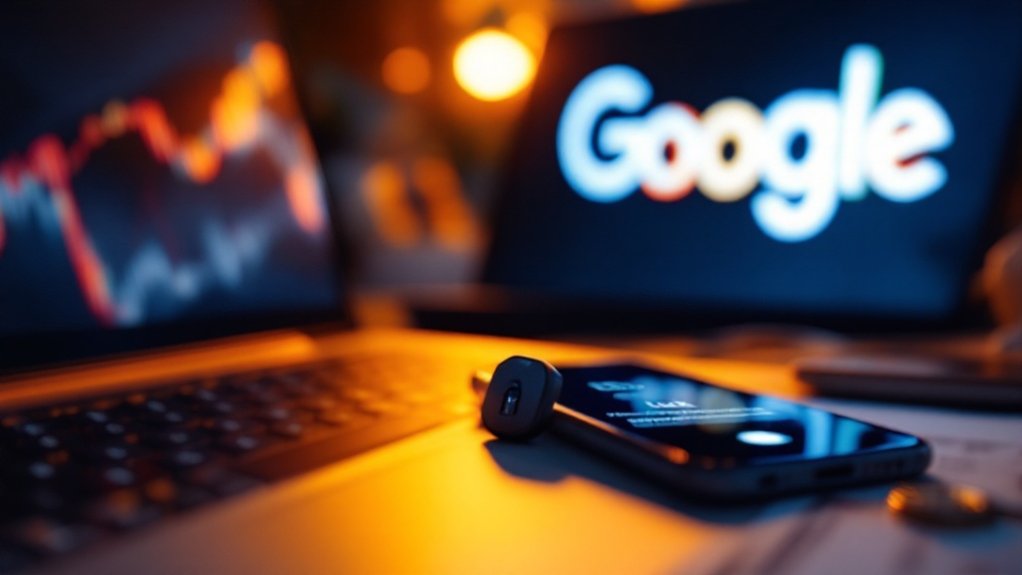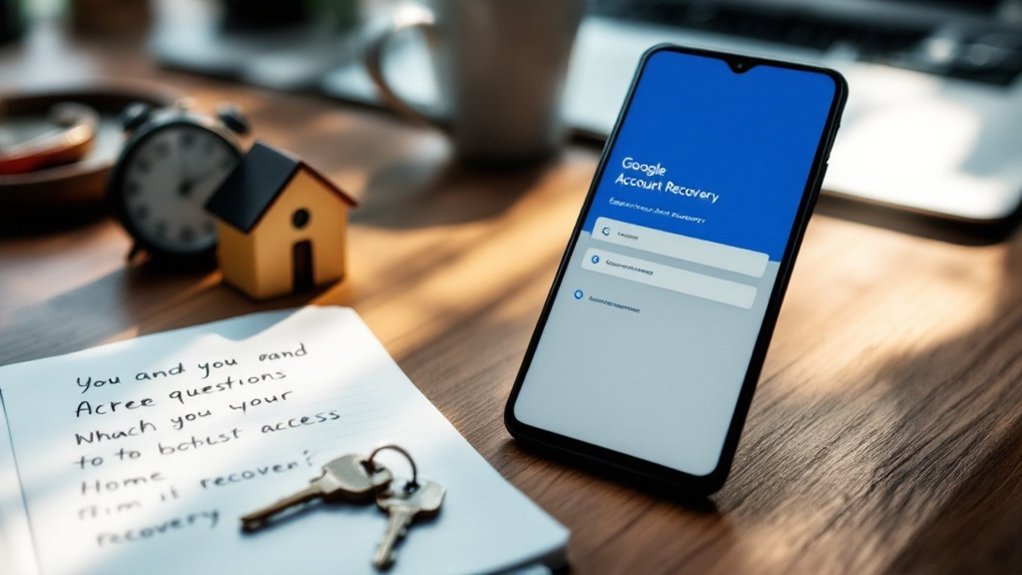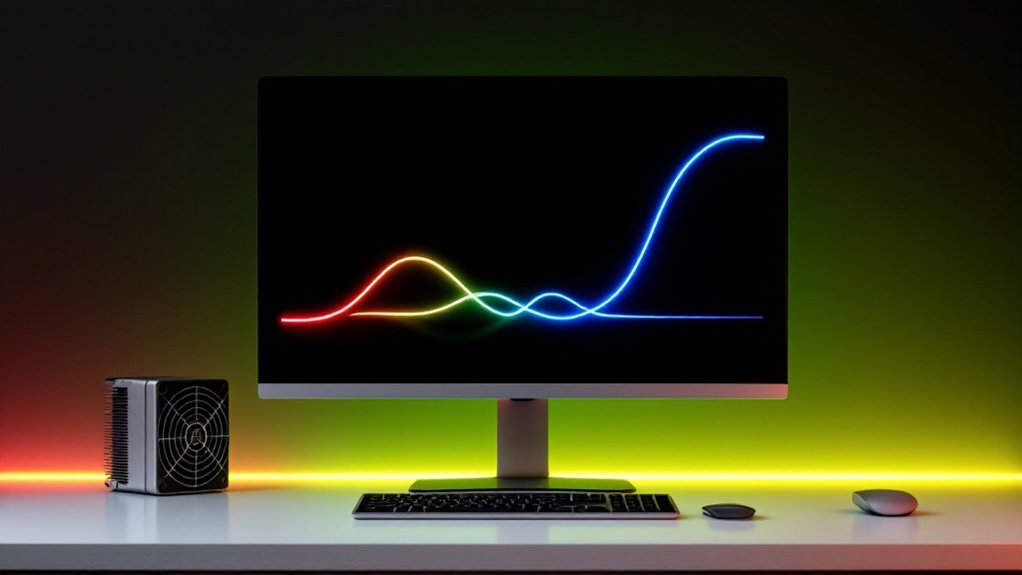Recovering a lost Gmail account isn't rocket science. Head to Google Account Recovery, enter your email or phone number, and follow the verification steps. Forgot your email entirely? Use "Find My Email" first. You'll need to verify your identity by confirming personal details and receiving a code through your recovery contact. After regaining access, change your password immediately and enable two-factor authentication. The persistent eventually succeed—just keep trying different recovery methods.

Thousands of Gmail users get locked out of their accounts every day. It happens. You forget your password, someone hacks your account, or you accidentally delete it during a late-night tech purge. Whatever the reason, Google has systems in place to help you regain access. No need to panic—yet.
The recovery process starts at the Google Account Recovery page. Simple enough. If you've forgotten your email address (seriously, how?), head to the "Find My Email" page instead. You'll need to enter a recovery email or phone number that's linked to the account. Then verify your name. Google will send a code to that recovery contact, and voilà—you select your account from a list. Just like AT&T's security measures, using special characters in your recovery credentials enhances account protection. Just as Meta's Privacy Center provides control over data usage, Google's recovery system gives you control over account access.
Forgotten your password? That's even more common. Enter your email on the recovery page and try to remember your last password. Can't remember? No worries. Google will send a verification prompt to your registered devices or offer alternative methods. And here's a pleasant surprise: there's no limit to how many attempts you get. Keep trying.
Password amnesia happens to everyone. Google lets you try your guesses indefinitely—so keep at it until you crack the code.
If your account was hacked, follow the same password reset steps, but act fast once you're back in. Change that password immediately. Enable two-factor verification if you haven't already. Only idiots skip this step in 2023. Check your account for suspicious activity—unknown logins, weird emails sent from your account, that sort of thing. Experts recommend using a strong, complex password of at least ten characters to prevent future hacking attempts.
Deleted your account? You've got about two months to recover it before Google permanently wipes everything. Use the recovery page and hope for the best. Some data might already be gone forever. Tough luck.
The best defense is preparation. Keep recovery contacts updated. Use security questions you won't forget. Create strong passwords. Watch out for phishing attempts—they're everywhere. Regularly updating recovery options will ensure you can quickly regain access when locked out.
Consider setting up a backup account for recovery purposes. Nobody thinks they'll get locked out until they do. Don't be that person.
Frequently Asked Questions
Can I Recover Deleted Emails After Recovering My Account?
Yes, recovering deleted emails after account recovery is possible. Users typically have 30 days to retrieve emails from the Trash folder.
If they're beyond that window, options narrow dramatically. Google's Message Recovery Tool might help in some cases.
For G Suite accounts, Google Vault offers more extensive recovery options. Third-party tools exist too, but results vary.
No guarantees. Sometimes those emails are just gone forever. That's life.
How Long Does Gmail Keep Inactive Accounts Before Deleting Them?
Gmail's policy is crystal clear. Inactive accounts – those untouched for at least two years – will face deletion. No exceptions.
Well, almost none. Accounts with active subscriptions, gift cards, or published apps get a pass. Google sends warnings before the axe falls. They're not monsters.
But the clock is ticking. Two years of dust collecting on your inbox, and poof! Everything vanishes. Your emails. Your files. Your digital existence.
Will My Google Drive Files Be Accessible After Recovery?
Yes, Google Drive files remain accessible after account recovery.
It's all connected. When someone regains access to their Gmail, their Drive files come along for the ride. Data integrity stays intact unless something fishy happened during the downtime.
No changes? No problem. The interconnected Google ecosystem means recovering one service typically restores them all.
Regular backups wouldn't hurt though. Data's precious, after all.
Can Someone Else Recover My Gmail Without My Knowledge?
Someone can recover another person's Gmail without their knowledge, but it's pretty difficult.
Google has safeguards in place – two-factor authentication, verification processes, and account lockouts after failed attempts.
Still, there are risks. Phishing, password cracking, and social engineering tactics can bypass security. Stolen recovery information is particularly dangerous.
That's why folks need to keep recovery info current and enable 2FA.
Otherwise? They're basically leaving the door ajar.
What Happens to My Youtube Channel During Account Recovery?
During account recovery, a YouTube channel becomes inaccessible. Period. The channel remains in limbo—not deleted, just frozen.
Viewers see normal content, but the owner can't log in or make changes. Hackers might've already done damage, uploading sketchy videos or changing settings.
Recovery time varies. Days, sometimes weeks. Once the associated Gmail is recovered, channel access returns.
Two-factor authentication would've prevented this whole mess.




